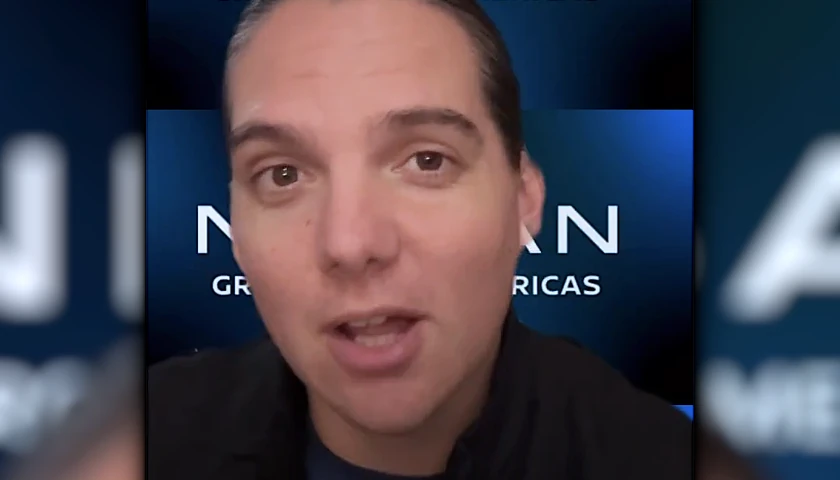by Casey Harper
Producer prices spiked last month, another sign of rising inflation in the U.S., according to new federal data.
The U.S. Bureau of Labor Statistics on Thursday released its monthly Producer Price Index, a leading marker of inflation, which showed an increase of 0.6% in February, more than expected.
“PPI came in much hotter than expected, driven primarily by energy costs which were up 4.4% on the month,” Rob Swanke, senior equity strategist for Commonwealth Financial Network, said in a statement. “The 0.6% rise in PPI Final Demand was the highest since last summer when July and August rose 0.6% each month before seeing several months of low or even falling PPI data.
“Energy prices had seen some significant declines over the past 3 months, so seeing a bounce back is reasonable,” he added.
Producer price changes varied across the two categories, goods and services, but both saw an increase.
“Over 40 percent of the February increase in the index for processed goods for intermediate demand is attributable to a 15.9-percent jump in prices for diesel fuel,” BLS said. “The indexes for gasoline, commercial electric power, basic organic chemicals, jet fuel, and natural gas to electric utilities also moved higher. In contrast, prices for prepared animal feeds fell 2.3 percent. The indexes for asphalt and for inedible fats and oils also decreased.”
Thursday’s data comes on the heels of other recent federal data on the Consumer Price Index, which showed a 0.4% increase last month, another notable jump.
As The Center Square previously reported, the rise in consumer prices was in part due to the increase in gasoline and shelter prices, but clothing and used cars and trucks prices also rose faster than the national average.
Jason Furman, Harvard professor and former economic advisor to President Barack Obama, wrote on X, formerly known as Twitter, that the consumer price increase was “unusually high.”
The price increases also raise questions about whether the Federal Reserve will further raise interest rates, which the group has done about a dozen times in recent years to help slow inflation.
“The hotter than expected PPI print indicating that wholesale prices are edging higher could put more pressure on equity markets going into the March 20 Fed meeting,” Quincy Krosby, chief global strategist for LPL Financial, said in a statement.
Meanwhile, a new report from Zillow found that buying a home has become much more difficult for Americans since 2020.
“The income needed to comfortably afford a home is up 80% since 2020, while median income has risen 23% in that time,” the report said. That equates to $47,000 more than four years ago.
“Home shoppers today need to make more than $106,000 to comfortably afford a home,”the report added. “That is 80% more than in January 2020.”
– – –
Casey Harper is a Senior Reporter of The Center Square for the Washington, D.C. Bureau. He previously worked for The Daily Caller, The Hill, and Sinclair Broadcast Group. A graduate of Hillsdale College, Casey’s work has also appeared in Fox News, Fox Business, and USA Today.








